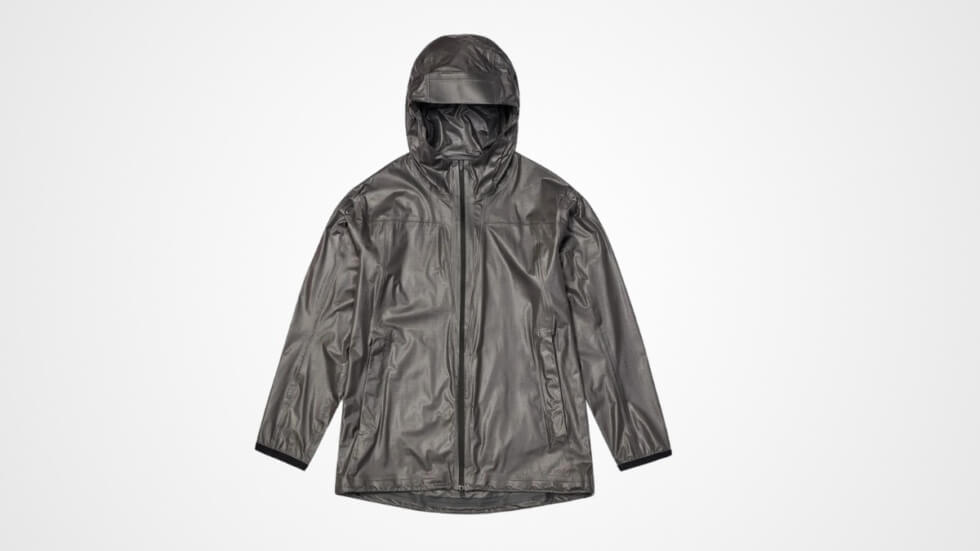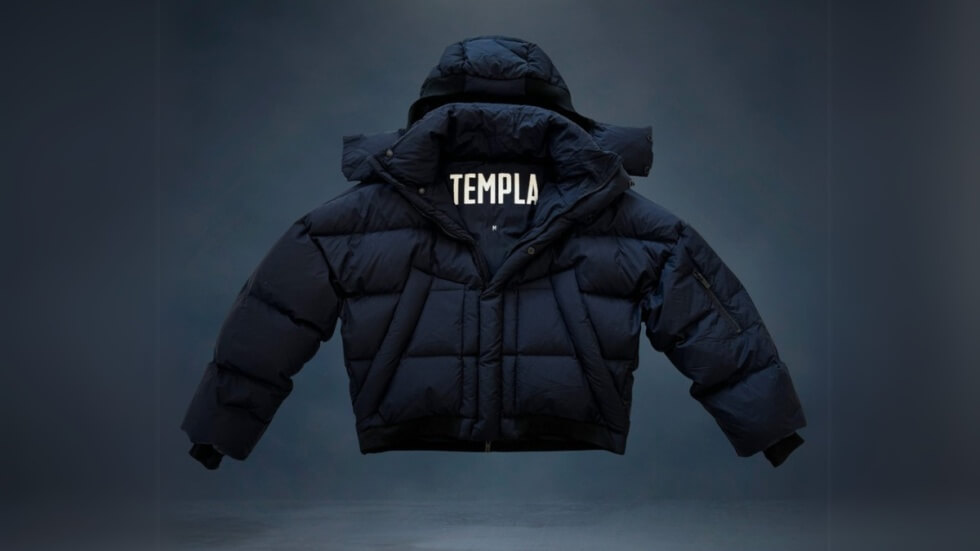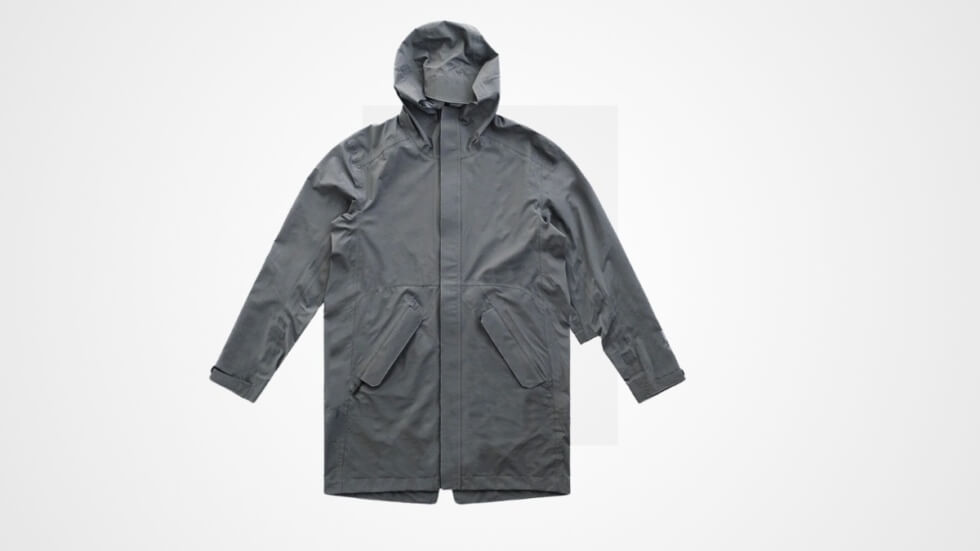The blue jean is one of the most ubiquitous garments in the world and changed fashion forever when Levi Strauss commercialized — not invented — the garment in the late-1800s. Today, there’s hardly a closet without a pair. While today’s versions are washed down for softness and distressed for a worn-in look, every jean starts out as a raw, blank canvas of indigo and cotton.
For about a century, blue jeans were only ever found in their raw, rigid state. It wasn’t until the 1970s that pre-distressed denim hit the market, circumventing the need to go through the arduous break-in process. The world hasn’t looked back since.
But in recent years, independent brands sought to recreate the stiff jeans of years’ past in pursuit of authenticity. Dozens of brands have popped up in raw denim’s revival, luring denimheads with selvedge denim, artisanal dye techniques, textured fabrics and rare vintage details. The journey through a cardboard, indigo-soaked gauntlet to your own personally faded jeans is a rite of passage for fashion heads.
If you’re just getting into it and are considering your first pair, you’ve perhaps heard a ton of advice from forums and friends who’ve been baptized into denimhood via the bathtub. So, to cut through the noise a bit, we talked with Jason Pecarich, founder of Seattle-based store Division Road, to point out the factors that you should definitely ignore as first-time raw denim buyer.
What to Know (and Ignore)
First of all, there are no rules. As corny as it sounds, especially with something as trivial as jeans, it’s just as much about the journey as it is about the end result (the fades). “What makes raw denim so special is that the end result – and process – is uniquely yours. There is no right or wrong way to wear your jeans,” Pecarich says. If you’re struggling to ‘get it right’ just remember that. Trust the information below to make the process easier by offering helpful information but also the ins and outs you can ignore entirely.
The Weight of Your Denim
The weight of your denim is and is not a big deal. Yeah, you’ll be wearing them every day (in your sleep, even, if you’re particularly gung-ho), so it makes sense to be picky about the fabric. But, if it’s your first pair of raw denim jeans, keep it simple and midweight. That’s anything around 13 to 15 ounces. At this weight, Pecarich says it “will still feel substantial, have longevity and give you that stiff raw denim feel and can help prevent overstretching. “
A common misconception is that heavy weight means longer lasting and this is not always the case. Pecarich notes that factors like cotton variety and quality, yarn type and weave tension are better indicators for longevity.
He says that most important thing with denim weight is that it should match your lifestyle. “An office worker who commutes (when going into the office was a thing) via car… isn’t going to wear through their denim nearly as fast as someone who is doing physical labor or walking/hiking miles per day.”
In other words, opting for the beastly 21-ounce denim might sound hardcore. But it could leave a bad taste in your mouth as a first timer.
Which Denim Mill the Fabric Came From
You’re going to forget where the fabric came from. Trust me. At the end of the day, you’ll love your fade, but caring about which mill your denim fabric comes from is like caring which estate your coffee beans were grown in — it’s something you’ll care about once you’ve had more experience with it. For now, focus on whether or not you like the fabric itself, not the name of the mill.
The Sizing Charts
“Jeans are a very personal experience with no two body’s being identical. Hence, even what’s considered a high rise can still feel low, or vice versa, depending on the body,” Pecarich says. Qualitative terms are vaguely helpful and can only get you so far before you need to try them on for yourself. That may not be as easy today and will likely require sending back a few pairs of jeans to narrow down the right size.
Don’t get too caught up in the measurement chart, either. Quantitative measurements are helpful, but are still just one part of the equation. Don’t let a size chart dictate whether or not the jeans fit you. Pecarich says that it comes down to “having a fit where you like the silhouette with the understanding that a certain level of tightness is not possible without added stretch components in the fabric.”
It’s trial and error here and that’s something you just can’t get around.
Whether Your Jeans Need Chainstitched Hems or Not
It’s a point of pride to get perfectly roped fades at the hem, the kind that you’ll see Japanese guys sporting in a back issue of Popeye. Chainstitched hems are seen regularly on blue jeans, whether they’re coming from a big box store or a small-batch jeans maker. Denimheads look to it as another sign of authenticity and scoff at a regular straight stitch hem. “Don’t let chainstitched hems hang you up,” Pecarich says. “Some guys looking online or on forums think they have to have the jeans chainstitched hemmed, which can be a pain depending on location and there are some shops that offer the service but they’re machines or techniques are not up to the task. This shouldn’t be a bar for purchase.”
The resulting fades are nice, sure. But consider whether or not you’ll see them. “Frankly, if you plan on having a double rolled cuff in the long term, we actually recommend doing a normal tailor’s lockstitch hem as the cuff will lay flatter and this stitch will keep the hem from expanding, after the soak/shrink process and future wearings,” Pecarich says.
If They’re Unsanforized
Unsanforized and shrink-to-fit denim is, essentially, a denim that has not yet been shrunken. While most denim undergoes a process called sanforization to eliminate most of the shrinkage left within the fabric, hardcore denim nerds look to unsanforized and shrink-to-fit denim as the purist form. This is where the whole process of soaking jeans in the tub and wearing them while wet comes from. The idea is that the denim, as it dries, will shrink and conform to your body, resulting in a superior fit.
Pecarich and his team recognize that there are many opinions when it comes to this area, but also know that not all shrink-to-fit fabrics are created equal. This can make the already-bewildering process even more complicated.
“Our rule is enough space to tightly fit your hand in the waistline,” Pecarich says. Cold soak the jeans in a tub or sink for 30 to 45 minutes with some light hand agitation to help remove the starch inside the fabric. You can also opt for the washer and use the rinse cycle with no-spin. Then, hang dry until they’re damp — not sopping nor bone dry. At that point, put them on and go for a walk or do some another standing activity to let the jeans finish drying on your body. “This will help control the shrink and the denim will form closer to your body type,” Pecarich says. If you need them to shrink a bit more, let them hang dry longer. Conversely, put them on when they are more moist if you need less shrink (1″-) in the waist.
That said, you can still end up with an ill-fitting pair of jeans. If you’d rather not chance it, a pair of sanforized or rinsed jeans will take those factors out of the equation for you. And don’t worry, most stores will tell you whether or not the denim is sanforized.
When to Wash Your Raw Denim
Among the many raw denim folk tales surrounds how to wash your jeans. Some will say to only soak your jeans and never to throw them in the washer or dryer. Others will say that the washing them in the ocean and rubbing them with sand is the true way of the denimhead. And, of course, there are plenty of people espousing never washing your jeans at all.
But if you’re after a pair of raw denim jeans for its durability, you should wash your jeans. “Denim is designed to be washed when dirty,” Pecarich says. “Not doing so will increase bacteria and debris in the fibers and yarn, that will artificially force the fabric to break-down quicker. “
Pecarich says that the trinity of denim durability is a proper fit, regular rotation, and regular washing. Division Road recommends wearing your new jeans at least 30 times before the first wash. Preferably, 60-90 times in order to let the fabric mold better to your body.
But like most “rules,” Pecarich recognizes that there are no real rules. “So whether it be every month or three, wash your denim when they need it.”
This content is created and maintained by a third party, and imported onto this page to help users provide their email addresses. You may be able to find more information about this and similar content at piano.io



